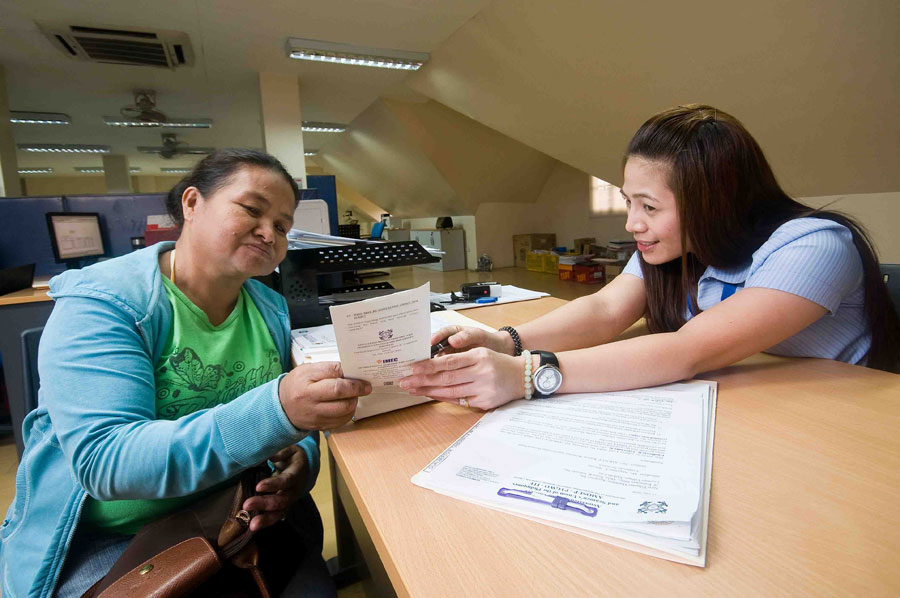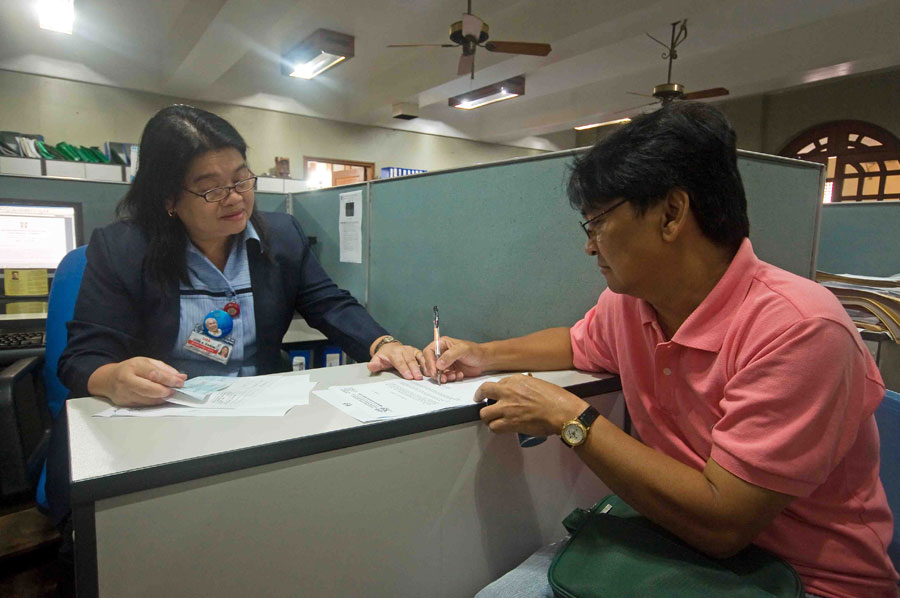The Union’s chain of healthcare system in the country owes its success in serving seafarers and their dependents to committed health workers, reports Camille A Simbulan
COVID-19 pandemic indubitably caught the whole country’s healthcare system off-guard. The union-run Seamen’s Hospitals across the country were no exception, but the hospitals’ leaders were quick on their feet at the onset of the pandemic and immediately imposed protocols to address the spread of the virus while ensuring the hospitals are capable of continuing operations to serve union members and their families.

According to Seamen’s Hospital Manila’s Medical Director, Dr. Alejandro Ortigas, it was not difficult to ask for the commitment of AMOSUP’s hospital workers, which allowed them to plan and to take action. “The hospital administration team (Medical- Dr Pile and myself, Nursing- Ma’am Kaye and Hospital Administrative Ancillary Services Ma’am Gysrell) set into motion a strategy to evaluate our capabilities, needs and designed a road map together with the Infection Control Committee head, Dr Pamela Rose Matti, as the lead adviser to address the challenges of the COVID-19 pandemic we were facing,” Dr Ortigas said.
The hospital’s leadership also issued guidelines and recommendations based on the latest scientific data and best practices to ensure clarity and implementation of their plans. “We regularly convened communicated our instruction as well as listened to the different heads and staff to ensure we had open two-way communication,” he added.
Other branches quickly responded
Seamen’s Hospital branches in other parts of the country were also able to respond to the situation accordingly. At Seamen’s Hospital Cebu, Medical Director Dr Teody Alcantara said, health workers were immediately given trainings to equip them with the necessary knowledge and capabilities. “(We) finalized the safety protocols, admission procedures – everybody has to be aware of the safety measures and we are trying to teach them and train them para kung ano yung pina-practice nila dito sa hospital, yun din ang ipa-practice nila sa labas – in their community, in their home,” he explained.
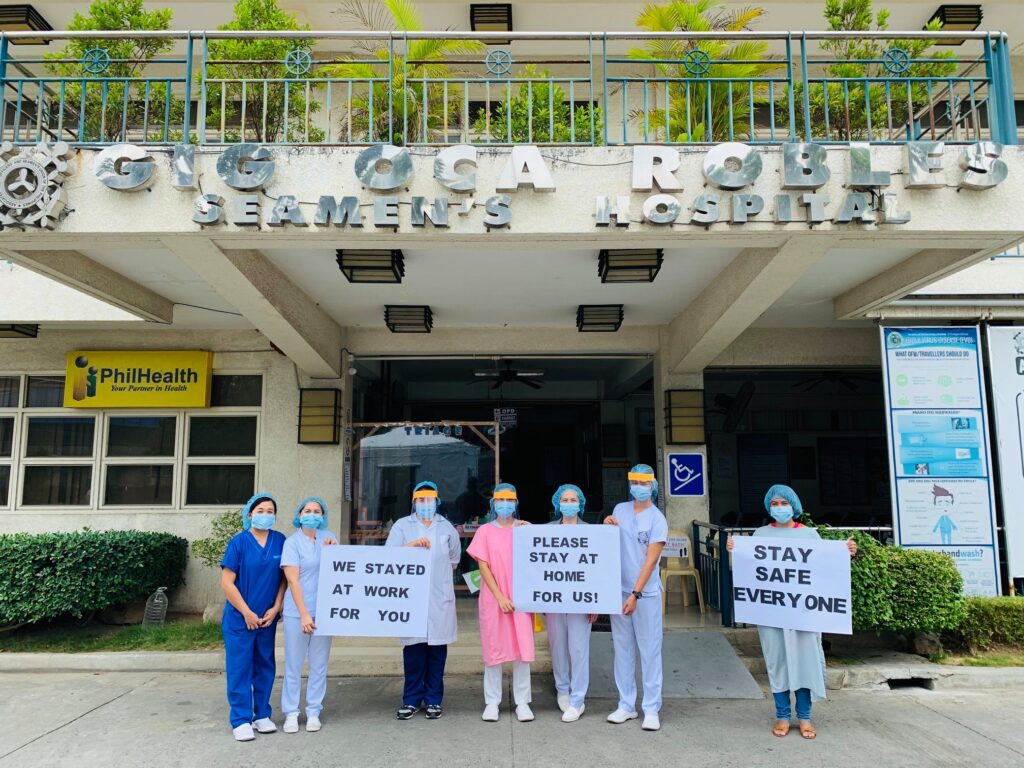
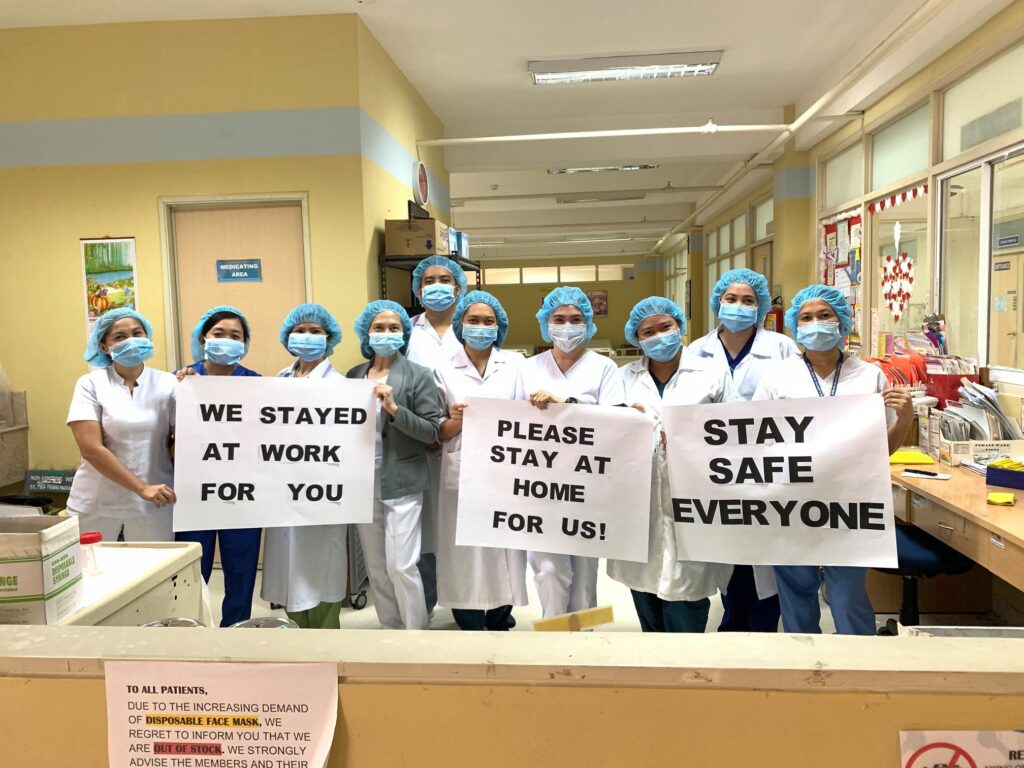
Gig Oca Robles Seamen’s Hospital in Davao City quickly made structural adjustments to be able to accommodate COVID-19 patients when the need arises. According to the Davao Seamen’s Hospital’s Medical Director, Dr. Ricky Pecson, ICU room was even converted to an isolation room to increase their capacity. “In the worst-case scenario, we will be able to handle COVID-19 positive patients with mild to moderate symptoms. However, for severe cases that would require a mechanical ventilator, our Hospital will need to refer the patient with such facilities.”
Dr Pecson noted that, “Mayor Sara Duterte has made an executive order stating that all COVID-19 positive cases and Persons Under Investigation (PUI) patients must be referred to Southern Philippines Medical Center, the tertiary government hospital. This was done in order not to exhaust the supplies and manpower of the private hospitals if more patients need to be hospitalised.”
Dr Arnold Liwag, Medical Director of Seamen’s Hospital Iloilo, said they started conducting administrative meetings as early as January 2020 when the first reported COVID-19 was recorded in Manila. “We coordinated with DOH to have our doctors and nurses oriented regarding the regional plans of DOH. The first meeting with DOH was on preparedness and response to the Corona Virus. The infectious disease committee was called to discuss needed structural modifications and protocols to follow in light of this new, highly infectious disease,” he added.
Virtual medical consultation
The union-run hospitals remained open for emergency and in-patient services but had to limit outpatient services (OPD) when the government implemented the Enhanced Community Quarantine on March 16. This prompted the Seamen’s Hospitals in Cebu, Iloilo and Davao to put up their own Telemedicine – a virtual medical consultation service patterned to Seamen’s Hospital Manila’s existing TeleHealth, where members and dependents can consult with the hospitals’ specialists through phone and e-mail.
Dr Alcantara said the increasing COVID-19 cases in Cebu urged them to discourage walk-ins. “We are able to reach them through Telemedicine. We informed patients to prevent them from coming here right away. In-establish na namin yung Telemedicine April pa then increasing yung patients sa Telemedicine. Increasing yung naga-avail because of awareness. June-July nasa 500 consultations siguro. But of course that’s compared to 150 (physical) consultations per day pre-COVID,” he said.
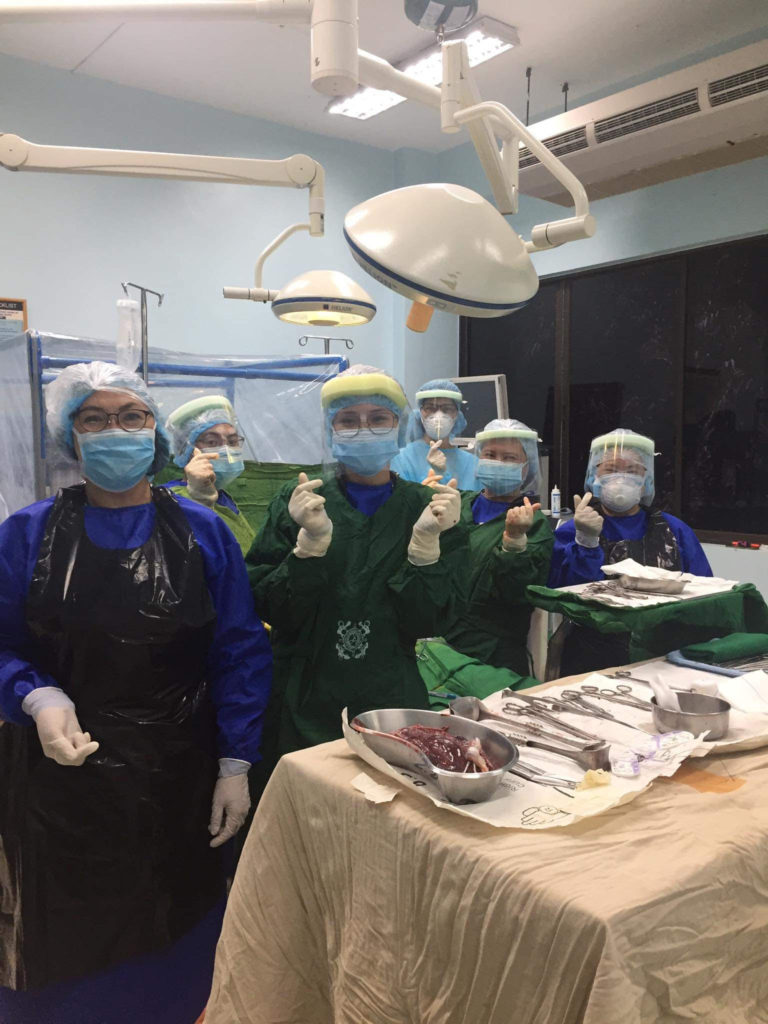

But aside from the necessary changes implemented to ensure the hospitals’ continuous operations amidst the health crisis, other challenges emerged such as the health workers’ anxiety and fear of getting infected.
“We are highly motivated to do our duties during this crisis, but our worries and fear for our family by carrying the virus ourselves and passing to them is sometimes overwhelming,” disclosed Dr Rochelle Lalas of AMOSUP Satellite Clinic in Dagupan.
She further shared the anxiety level among the frontliners was particularly high during the onset of the pandemic, “especially because most of our patients were seafarers who came from different parts of the world. And the protocols were very fluid because only limited information about the virus was gathered. We coped by updating ourselves with the latest recommendations and protocols and stabilised stronger communication with the authorities (DOH and IATF).”
Likewise, Dr. Pecson admitted some of their nurses became apprehensive in manning the triage because of the anxiety of acquiring the virus, “they are quite fearful in the event that a positive COVID-19 patient will visit the Hospital’s premises. However, the Hospital is fully supporting the healthcare workers in the battle against COVID-19.” The Seamen’s Hospital Davao chief said it was difficult to purchase PPEs and other medical supplies during the first few weeks of the quarantine, but nevertheless, they were able to provide all the necessary protective equipment for the safety of all the health workers.
Difficulties encountered
Dr Ortigas of Seamen’s Hospital Manila cited the difficulties they have encountered since the pandemic broke out. On top of the list is the reality of contracting and dying from the virus, “no matter how motivated and prepared a person is. The prolonged down time of good staff when your hospital worker succumbs to the disease – many of our staff work sacrificing their time with family because of the unique work schedule rotation we had to put in place to minimise exposure.” He further said the hospital frontliners experience discomfort of prolonged use of PPE during work everyday.
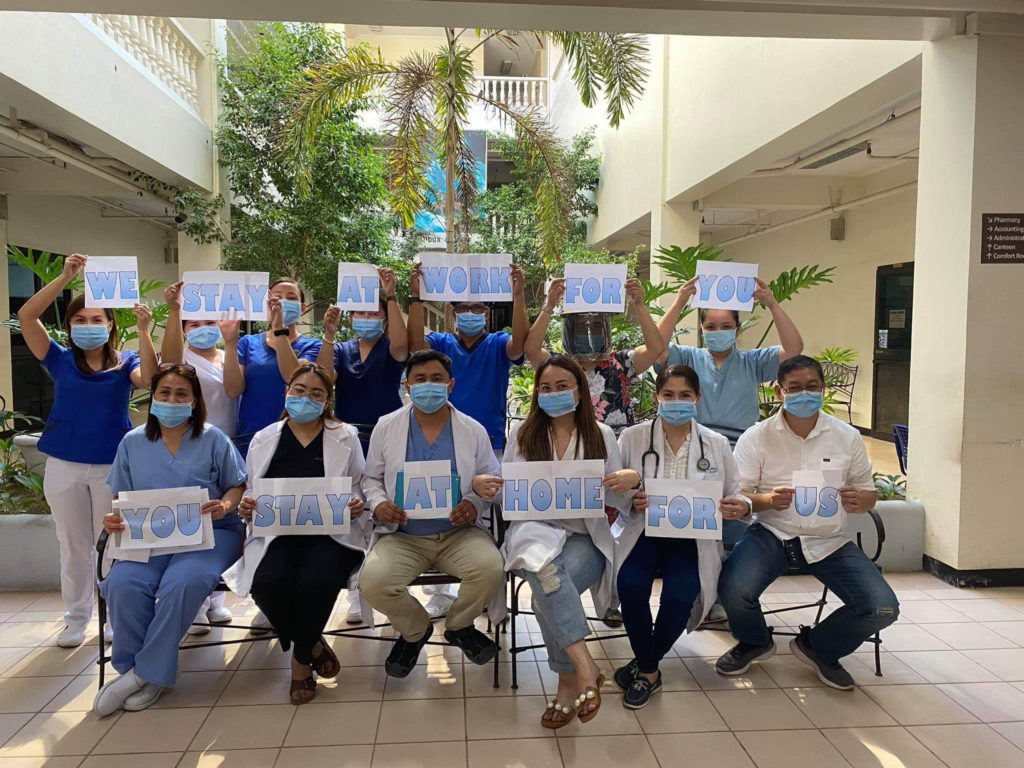
Moreover, “the retrofitting of hospital facilities and the resulting of limiting of services due to the strategic rotational schedule to preserve and protect our health workers. The overwhelming numbers of patients who get infected and need hospitalisation,” are obstacles that bring both a physical and emotional stress to the already challenging working conditions, according to Dr. Ortigas.
But the challenges did not weigh them down. Rather, it made them stronger and more resilient. “Challenges and struggles will always remain, but if you prepare for the worst, you are prepared for anything. Of course all the challenges are worth facing and addressing when you are working with a dedicated group,” Dr. Ortigas stressed.
Turning challenges into strengths
In fact, the tremendous challenges brought about by the public health crisis brought out the best in AMOSUP Seamen’s Hospitals’ health workers.
“Our frontliners (at Seamen’s Hospital Davao) have rediscovered their passion and renewed their dedication towards their profession since after all, this is a medical problem. We realised that we have each other, and the Administration has always stressed that we are one big family in handling this crisis,” shared Dr. Pecson.
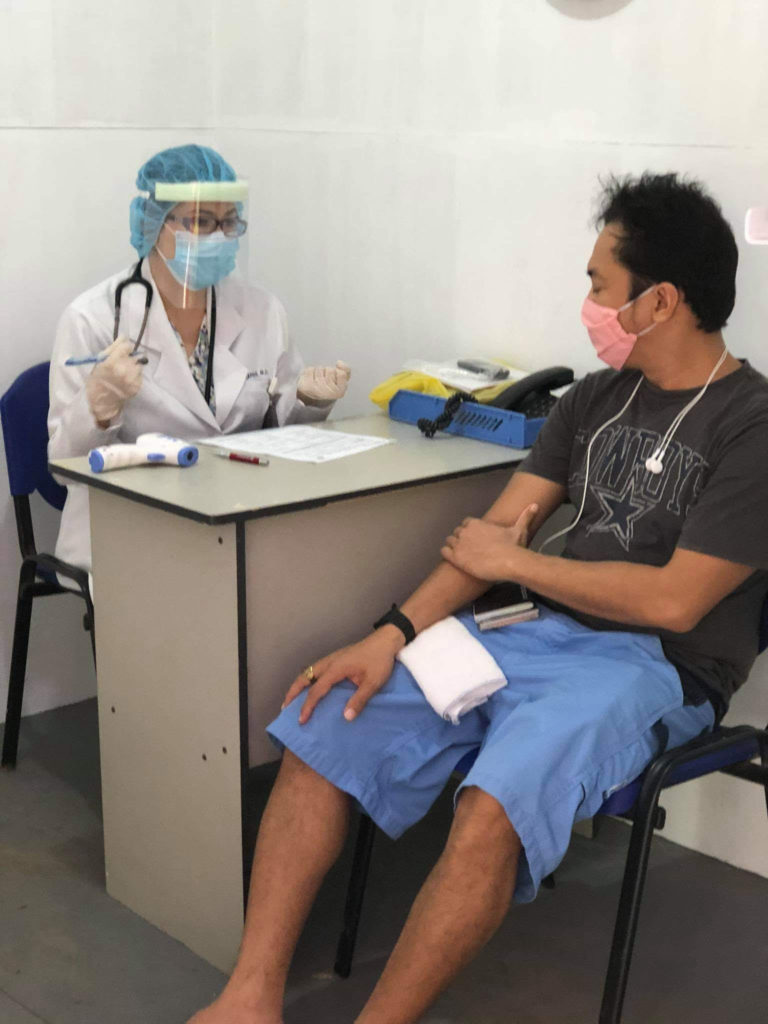

Dr Alcantara also praised the dedication of the health workers at the Seamen’s Hospital in Cebu. “Those who are here, they are giving it all, working hard,” he said.
“Our team here had the sense of responsibility towards our patients and with our institution. Our dedication also helped us work with minimal supervision as we are more dedicated to render our services even with tonnes of limitations due to the strict quarantine guidelines,” remarked Dr Lalas of AMOSUP Satellite Clinic Dagupan.
Dr Liwag said a shared vision helped steer Seamen’s Hospital Iloilo’s team of health workers to a clear, communal direction. “All our employees are aware of our goals in keeping the hospital safe,” he noted.
For Dr Ortigas, teamwork was the greatest strength of the frontliners at Seamen’s Hospital Manila, “the willingness to work together to achieve a clear objective. Proactiveness, cooperativeness, ability to listen, ability to comply are all integrated. Without everyone’s support, from the ranks to our leaders we would have not achieved and succeeded.”
To keep the health workers motivated, the Seamen’s Hospitals ensure their safety by providing PPEs, masks as well as free transportation, meals and accommodation. Seamen’s Hospital Chief Dr. George Pile also mandated all the branches to provide psychiatric evaluation and support for all the frontliners.
Another effort by the hospital’s leadership to drive motivation is through giving merit based on professionalism. “Reward those who perform well so they serve as model. Being firm and strict but fair when you apply rules. Transparency and lead by example. We walk the talk. Listen to their suggestion, acknowledge good work and reform bad habits, allow them to participate and ‘own their work’,” concluded Dr Ortigas.

AMOSUP Satellite Clinic – Dagupan
Clinic Hours: 12:00-3:00PM (Friday: 60 years old and above ONLY)
For Appointments
Telephone Number:
(075) 653-0037
Mobile Number:
09178860064
TeleMedicine:
AMOSUP DAGUPAN TELEMEDICINE on Facebook




